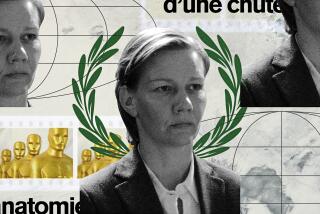Three international Oscar contenders look at destiny and determination
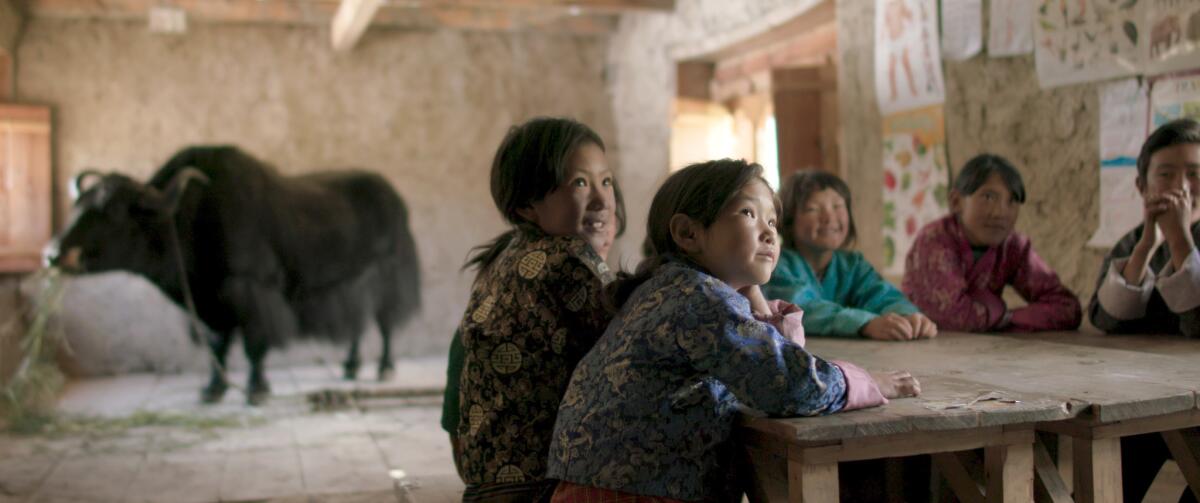
Peppered among this year’s Oscar shortlist of international feature film contenders are stories of moral dilemma (“A Hero”), sexual liberation (“Greater Freedom”), motherhood (“Lamb”) and childhood trauma (“Playground”). But among the 15 finalists there are also unique perspectives on entrepreneurship and destiny. And you may be surprised to find those stories in a delicious jar of ajvar, on a scientific scale or even among the unexpected benefits of, believe it or not, dried yak excrement.
‘Hive’
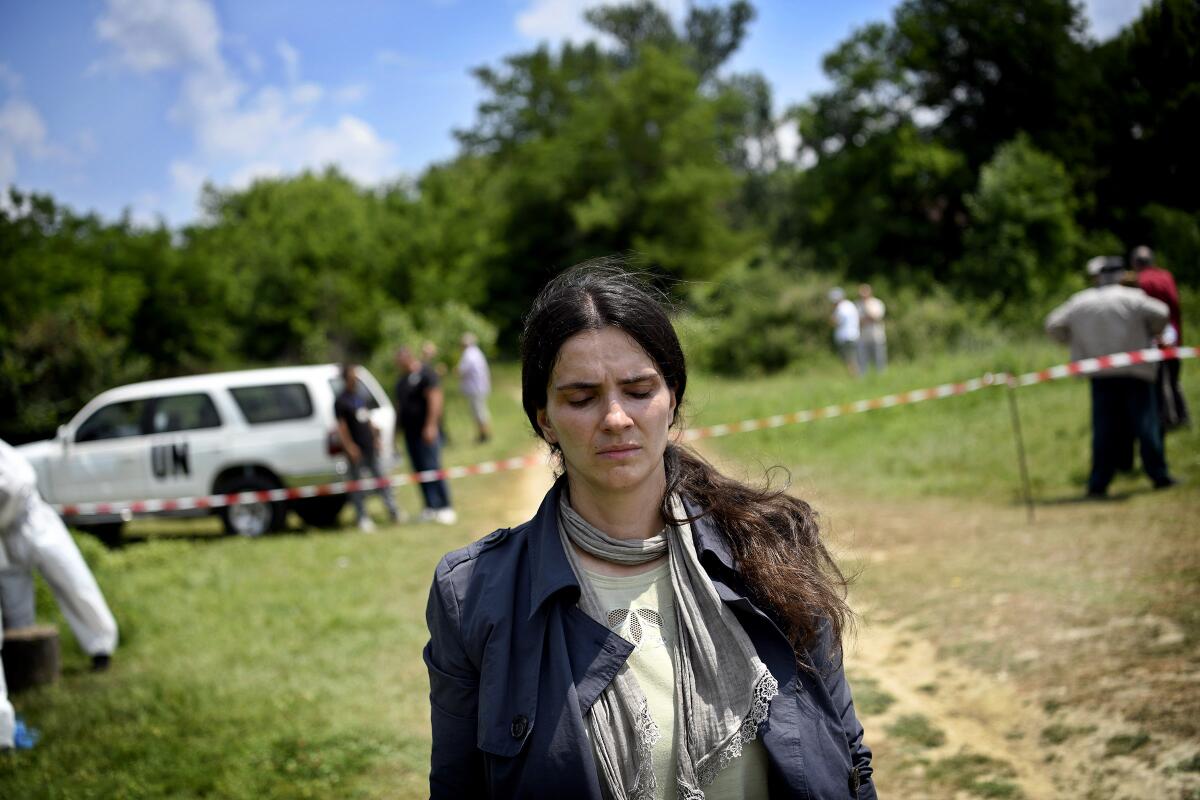
Almost two decades ago, Fahrije Hoti started a business selling a red pepper relish known as ajvar and honey in Kosovo. Her husband had disappeared in the Kosovo war a few years prior and, like many of the widows in her small village, she was becoming desperate to support her family. The misogynistic battles she faced from the men and even other women in her hometown as she began her endeavor are the inspiration for Blerta Basholli’s “Hive,” a moving drama that is on the cusp of being Kosovo’s first international film Oscar nominee, when nominations are announced Feb. 8.
Basholli says the real Hoti, played by Yllka Gashi in the film, recalled her initial difficulty at bee keeping. In what would be horrifying to many, the bees were constantly stinging her because she couldn’t remain calm. And, at one point, she was stung so much she ended up in the hospital.
“She was like, ‘If you’re not calm with the bees, they’re going to sting you, and it’s same with the widows. If you don’t calmly ask them to join you, they will attack you,’” Basholli says. “For me, that was a really interesting comparison.”
For Basholli, Hoti’s inspirational journey is also a universal one.
“I think we’ve all felt small at some points in our life, whether as teenagers or whether because we belong to a women’s community, or we belong to a certain nationality, race, sexuality,” Basholli says. “Or maybe we were just shy and felt small. So, in that sense, I really felt like people are going to connect to her and that’s why I wanted to focus the story on her.”
‘The Good Boss’
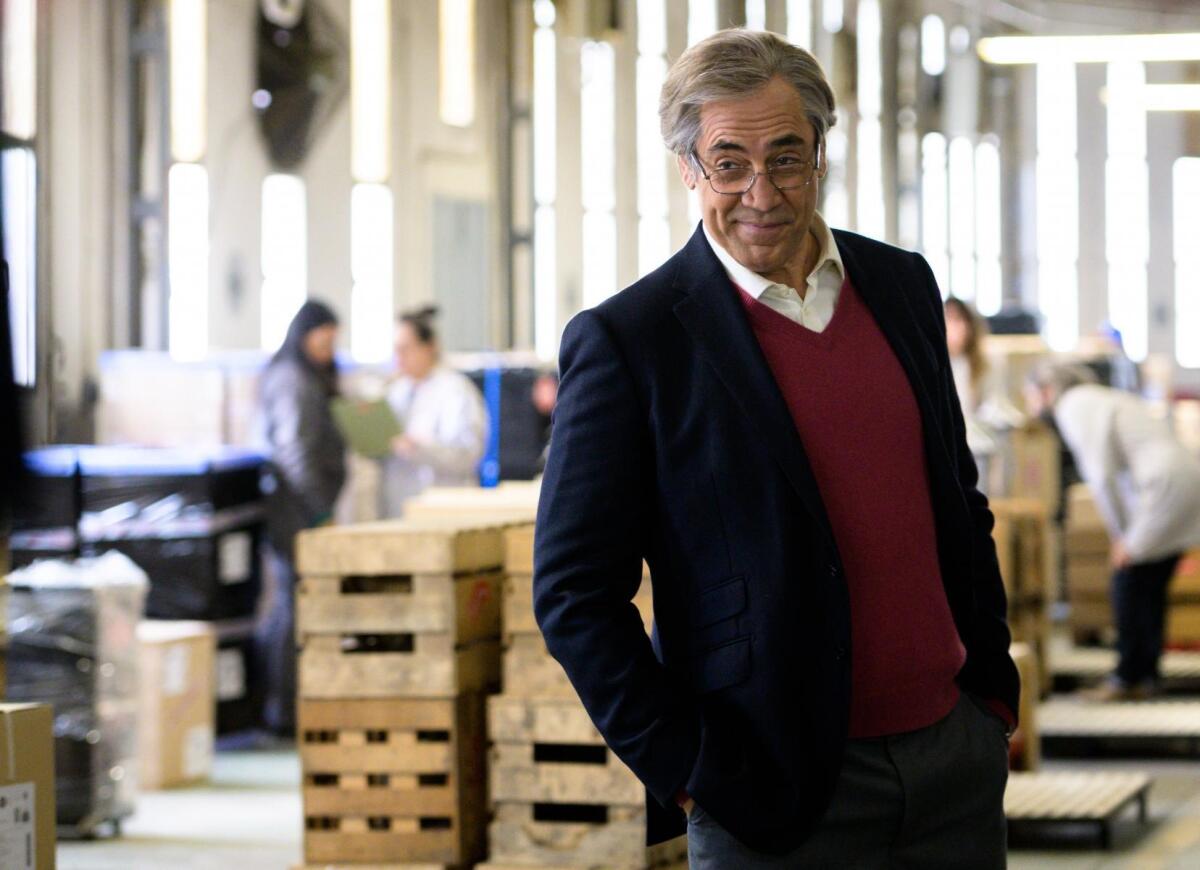
How good is a good boss when he does bad things? That’s the question at the center of Fernando León de Aranoa’s dark comedy from Spain.
The boss in question, portrayed by Javier Bardem, owns a high-end scale factory and is obsessed with winning another industry trophy he can display on his wall of honors. With an inspection date looming, he’s faced with disgruntled employees and an increasingly complicated web of office politics. As the film progresses, he becomes more of a cold-hearted manipulator than the man of the people he sees himself as.
Regarding his actions, Aranoa says, “The character is saying, ‘Listen, I’m forced to do this. I’m looking for the benefits of the business. I’m looking for the benefit of my workers because they are my sons.’ When viewers give me this feedback, some of them by the middle of the film are saying, ‘OK, maybe he’s not that good boss,’ so they are jumping out of the empathy that they feel with the character while others are following him to the end.”
Aranoa finds the range of opinions on the character quite interesting, especially for Spain.
“Young people under their 30s, they feel like he’s a very good boss because they are not used to some labor rights,” Aranoa says. “They’re like, ‘No, he’s not that bad. He takes [his employees] to good restaurants.’ Those people in their 30s are also thinking that he’s a good boss, saying he’s trying to do everything to protect his workers. I don’t agree, but I’m happy that they would support the character like that too.”
‘Lunana: A Yak in the Classroom’
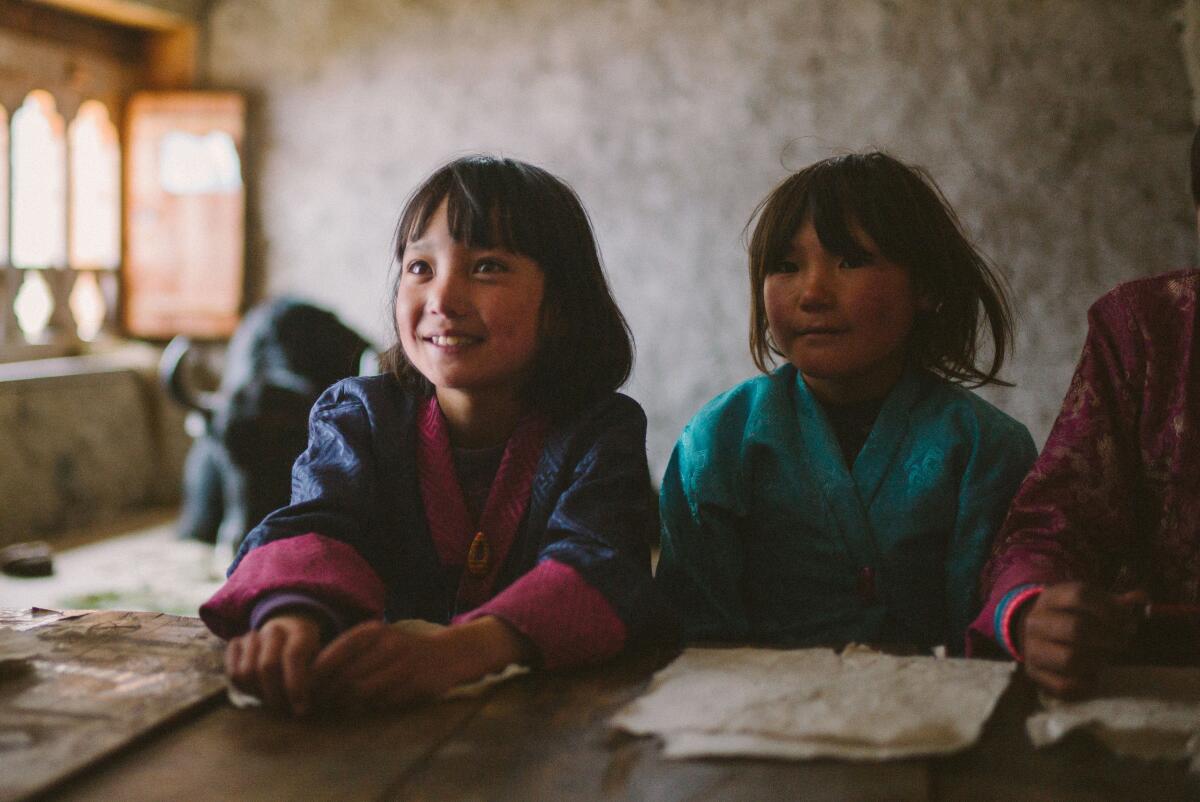
Pawo Choyning Dorji’s moving Bhutanese drama was inspired by the years he spent collecting stories across his native land. During those trips, however, he was struck by how many of the nation’s young people were leaving for seemingly greener pastures overseas. His feature debut centers on one such individual who is sent in his final year of training to teach children in Lunana, one of the most remote villages in Bhutan.
With a population of just 40 or so, the enclave has no electricity or telephone wires. In fact, the villagers use dried yak dung to keep warm. For almost a year and a half, Dorji’s team and an army of mules and donkeys ferried solar panels, solar batteries and other logistical needs in order to film on location for 2 1/2 months. And all that preparation still wouldn’t allow for playback on site, or even showers, which are a foreign concept in the village.
“I wanted to shoot it in Lunana because I wanted to capture that authentic rawness, this purity, not only of the place, but the people,” Dorji says. “All the characters in the movie that you see, not only are they first-time actors, but all the people up in the village, they have no concept of cinema. They have never seen a film in their lives. Forget about film, they have never seen a lightbulb, and that scene where children brush their teeth, that is the first time in their lives they’re tasting toothpaste. And that is what I wanted to capture and share with the world, the rawness, the authenticity of this place, of the location and of the people.”
More to Read
From the Oscars to the Emmys.
Get the Envelope newsletter for exclusive awards season coverage, behind-the-scenes stories from the Envelope podcast and columnist Glenn Whipp’s must-read analysis.
You may occasionally receive promotional content from the Los Angeles Times.


